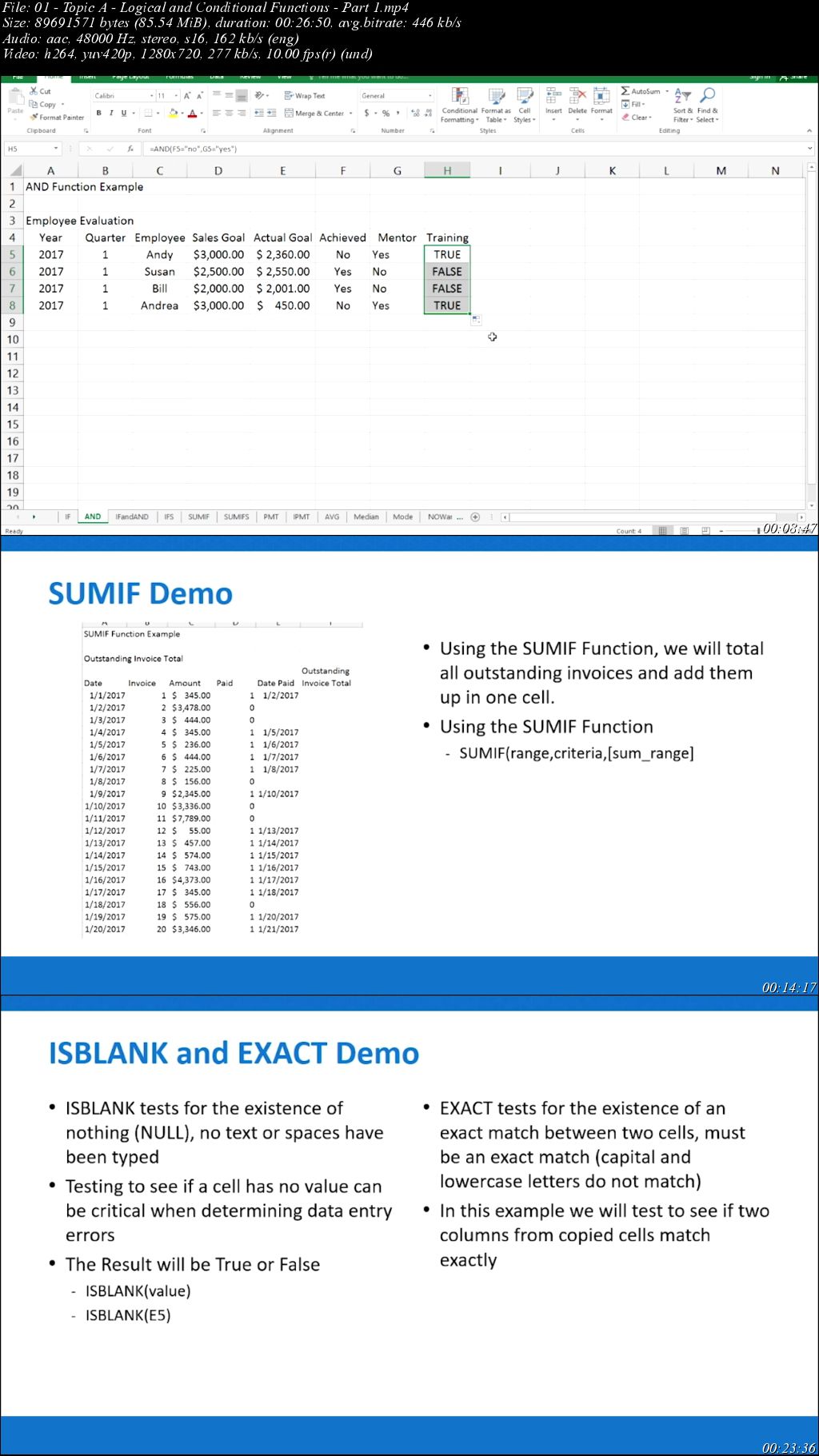
6.4 Protect sheet contents and workbook structure.6.3 Use collaboration and distribution features.6.2 Check for accessibility and compatibility.Lesson 6: Setting up for Collaboration and Distribution 5.6 Filter and sort data in a PivotTable.5.1 Create and understand basic PivotTables.4.8 Highlight results and data insights.4.6 Identify required data structures and functions.4.4 Create a reusable data quality dashboard.4.3 Implement and maintain data integrity.Lesson 4: Utilizing Best Practices for Preparing and Analyzing Data 3.8 Apply concepts for a data analysis solution.3.4 Review formulas, functions, and compatibility.3.1 Review cell reference styles and types.Lesson 3: Structuring and Referencing Data for Analysis within Excel Lesson 1: Getting Started with Data Analysis with Excel



These best practices go beyond just tips and tricks learn pros and cons of the techniques to make you a more proficient analyst. Learn the how and why behind the options available to you in Excel. This course takes you through a solution for collecting, cleaning, importing, managing, and sharing data for operational and reporting purposes using Excel.Ī story-based approach is used to teach you the data and analytics lifecycle. In advance of each session, Tech Training will provide you with a Zoom link to your class, along with any required class materials. Effective immediately in response to COVID-19, most Technology Training classes will be delivered online until further notice.


 0 kommentar(er)
0 kommentar(er)
